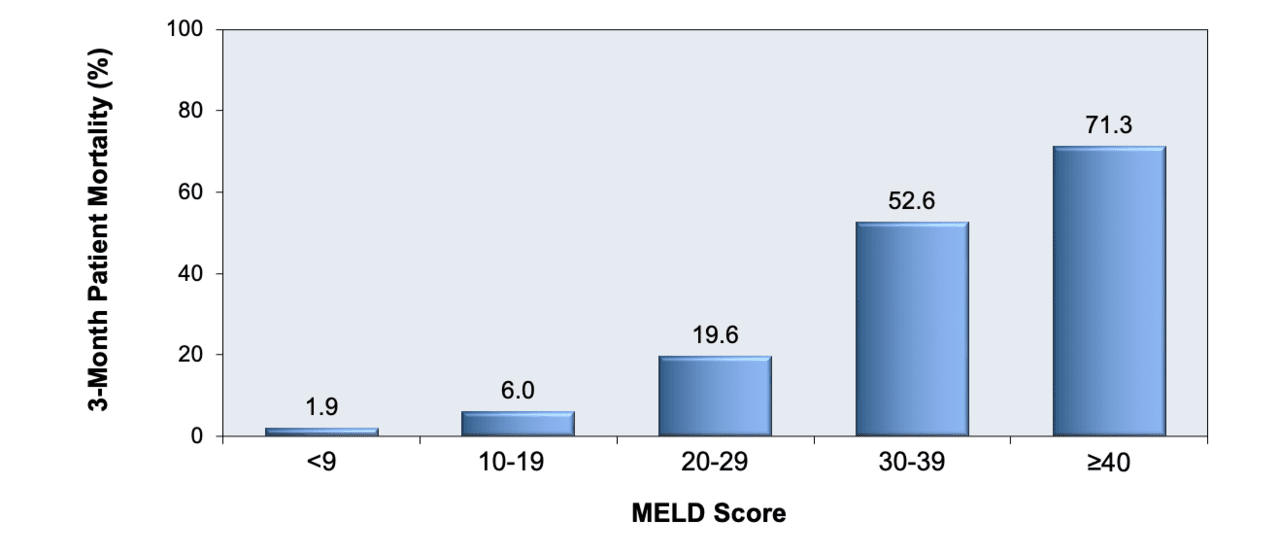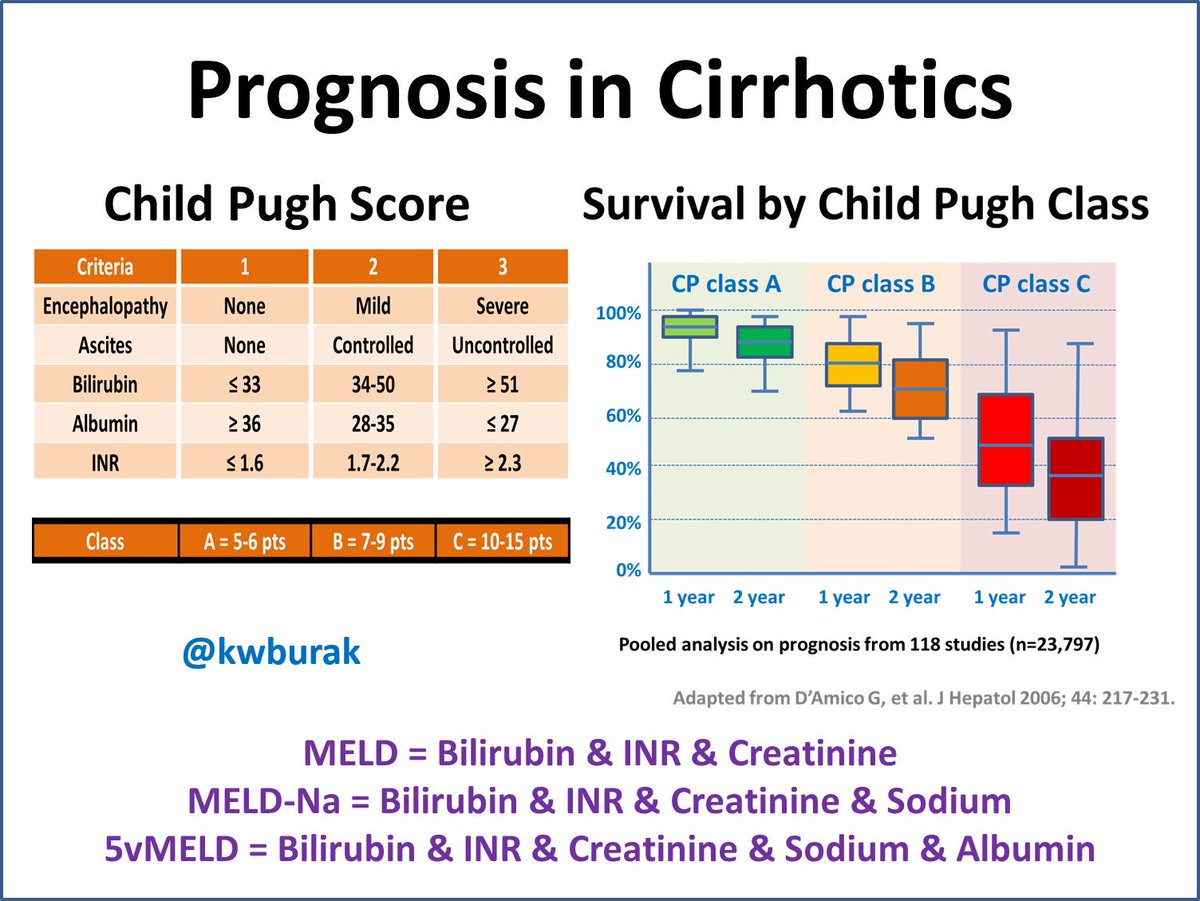

Based on these scores, the system assigns people into different classes: With the CTP system, a person’s score increases according to the number and severity of their symptoms. normal blood clotting time, or international normalized ratio (INR).high levels of bilirubin, which could mean the liver is not working properly.normal levels of albumin, a protein made by the liver.an abnormal build-up of fluid in the abdomen, and how it responds to treatment.The Child-Turcotte-Pugh (CTP) system awards points based on whether an individual has: Physicians use diagnostic tests and scoring to determine a person’s stage of cirrhosis, which will help project their life expectancy. Their life expectancy is greatly reduced than those with compensated cirrhosis, while experts recommend referral for a possible liver transplant in these cases. A person can remain asymptomatic for years, although 5–7% of those with the condition will develop symptoms every year.ĭecompensated cirrhosis: People with decompensated cirrhosis already experience symptoms and complications. Gastroenterology 124(1):91-6.There are two stages in cirrhosis: compensated and decompensated.Ĭompensated cirrhosis: People with compensated cirrhosis do not show symptoms, while life expectancy is around 9–12 years. (2003) Model for end-stage liver disease (MELD) and allocation of donor livers. Hepatology 39(3):764-9.Ĥ) Wiesner R, Edwards E, Freeman R, Harper A, Kim R, Kamath P, Kremers W, Lake J, Howard T, Merion RM, Wolfe RA, Krom R United Network for Organ Sharing Liver Disease Severity Score Committee. (2004) MELD score as a predictor of pretransplant and posttransplant survival in OPTN/UNOS status 1 patients. Hepatology 33 (2): 464–70.Ģ) Kamath PS, Kim WR (2007) The model for end-stage liver disease (MELD) Hepatology 45 (3): 797–805.ģ) Kremers WK, van IJperen M, Kim WR, Freeman RB, Harper AM, Kamath PS, Wiesner RH. Referencesġ) Kamath PS, Wiesner RH, Malinchoc M, Kremers W, Therneau TM, Kosberg CL, D'Amico G, Dickson ER, Kim WR (2001) A model to predict survival in patients with end-stage liver disease. The estimated 3-month mortality based on the original MELD score: This score is now used by the United Network for Organ Sharing (UNOS) for prioritizing allocation of liver transplants. The Model of End Stage Liver Disease is a score used to estimate the relative severity of the chronic liver disease and the chances of survival during the expectation period for the liver transplant. ■ 2016 Modified MELD Score (with Sorium Sodium) = 19.96. ■ Original MELD Score (without Serum Sodium) = 18.544 Let’s take for instance the case of a person with an INR value of 1.1, bilirubin of 1.5 mg/dL, creatinine 2.7 mg/dL, no hemodialysis and a serum sodium of 135 mEq/L.

Since the upper limit for the serum Creatinine value is 4 mg/dL it means that for those patients that have had two round of dialysis in the past week, the value will be automatically adjusted to 4.0. This log scales calculations therefore any value that is less than 1 is automatically adjusted to the lower limit value of 1 to prevent generating a negative score. With Serum Sodium between 125 and 137 mEq/L. Where MELD(i) is the original MELD score without serum sodium. The 2016 MELD score formula is the following: In case the patient is known hyperglicemic with glucose > 120 mg/dL a sodium correction needs to be applied. Serum sodium values are input in mEq/L and then normal range is considered between 125 and 137 mEq/L. In January 2016, OPTN changed Policy 9.1 in regard to MELD score with the introduction of serum sodium as factor in the calculation of the score. The MELD uses the international normalized ratio for prothrombin time (INR), the serum creatinine and serum bilirubine values in order to display the MELD Score according to the following formula: This helps provide an insight on the level of the disease and its stage in the United Network for Organ Sharing (UNOS) prioritizing allocation. This MELD calculator uses the international normalized ratio time (INR), the serum creatinine and serum bilirubine values in order to display the MELD Score. This is a health tool that determines the MELD Score which is used to estimate the relative severity of the chronic liver disease.


 0 kommentar(er)
0 kommentar(er)
